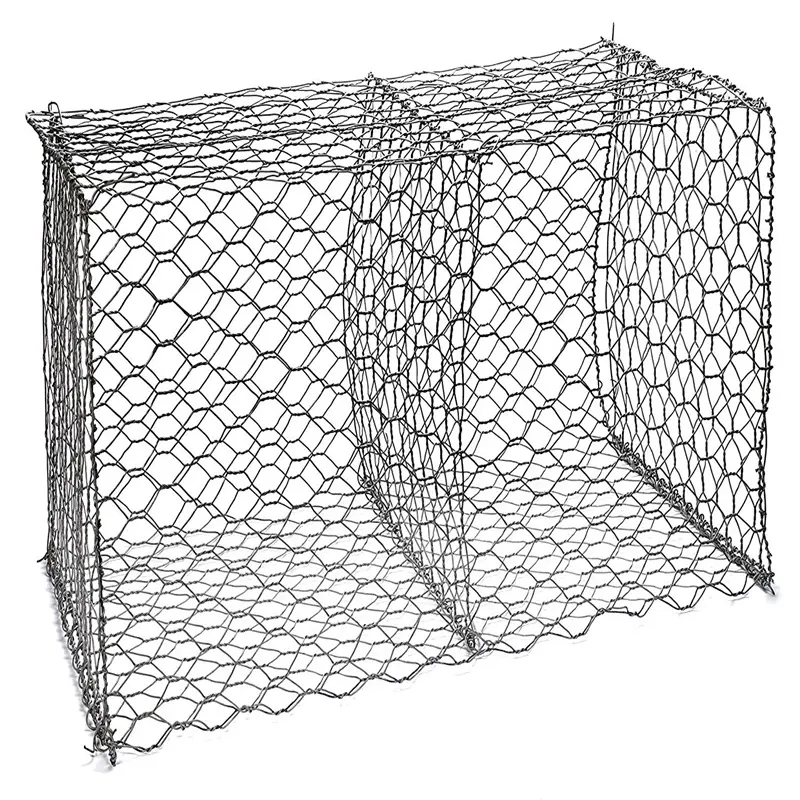Understanding Cattle Fence Panel Manufacturing: A Guide to Quality and Durability
Cattle fence panels are an essential component in agricultural settings, particularly for livestock management. These panels serve to contain animals, protect crops, and create boundaries for grazing. Understanding the manufacturing process and the various factors that contribute to the quality of cattle fence panels can significantly enhance their functionality and longevity.
The primary material
Nov 07,2025
Cattle fence panels are an essential component in agricultural settings, particularly for livestock management. These panels serve to contain animals, protect crops, and create boundaries for grazing. Understanding the manufacturing process and the various factors that contribute to the quality of cattle fence panels can significantly enhance their functionality and longevity.
The primary materials used in the production of cattle fence panels include steel, wood, and vinyl. Steel panels are praised for their strength and durability, making them suitable for environments with larger livestock. They are typically galvanized to resist rust, thereby extending their lifespan. Wooden panels offer a rustic aesthetic and can be treated to withstand weather conditions, although they may require more maintenance compared to their metal counterparts. Vinyl panels, while more modern, provide a low-maintenance option that is resistant to decay and fading.
When it comes to choosing the right cattle fence panel, consider the specific needs of your livestock and the environment in which the panels will be installed. Factors such as the height and spacing of the panels are crucial to prevent animals from escaping or getting injured. Additionally, the ease of installation should be considered, as a user-friendly design can save time and resources.
The manufacturing process of cattle fence panels involves several steps that ensure the final product's quality and durability. It typically begins with the selection of raw materials, followed by cutting and shaping the materials to the desired dimensions. The panels are then welded or assembled to create a sturdy structure, and finally, a protective coating is applied to enhance resistance to environmental factors.
Quality assurance during production is vital. Reputable manufacturers will adhere to specific standards and may conduct tests to ensure that the panels can withstand the pressures of their intended use. This includes checking for structural integrity, resistance to corrosion, and overall durability.
In summary, understanding the factors that contribute to the production and selection of cattle fence panels is key to ensuring the safety and management of livestock. Investing time in selecting the right panels, considering the materials used, and recognizing the importance of quality manufacturing will lead to better outcomes for your agricultural needs. Whether you are expanding your farm or looking to improve your existing fencing, knowledge about cattle fence panel manufacturing will empower you to make informed decisions for your property.
The primary materials used in the production of cattle fence panels include steel, wood, and vinyl. Steel panels are praised for their strength and durability, making them suitable for environments with larger livestock. They are typically galvanized to resist rust, thereby extending their lifespan. Wooden panels offer a rustic aesthetic and can be treated to withstand weather conditions, although they may require more maintenance compared to their metal counterparts. Vinyl panels, while more modern, provide a low-maintenance option that is resistant to decay and fading.
When it comes to choosing the right cattle fence panel, consider the specific needs of your livestock and the environment in which the panels will be installed. Factors such as the height and spacing of the panels are crucial to prevent animals from escaping or getting injured. Additionally, the ease of installation should be considered, as a user-friendly design can save time and resources.
The manufacturing process of cattle fence panels involves several steps that ensure the final product's quality and durability. It typically begins with the selection of raw materials, followed by cutting and shaping the materials to the desired dimensions. The panels are then welded or assembled to create a sturdy structure, and finally, a protective coating is applied to enhance resistance to environmental factors.
Quality assurance during production is vital. Reputable manufacturers will adhere to specific standards and may conduct tests to ensure that the panels can withstand the pressures of their intended use. This includes checking for structural integrity, resistance to corrosion, and overall durability.
In summary, understanding the factors that contribute to the production and selection of cattle fence panels is key to ensuring the safety and management of livestock. Investing time in selecting the right panels, considering the materials used, and recognizing the importance of quality manufacturing will lead to better outcomes for your agricultural needs. Whether you are expanding your farm or looking to improve your existing fencing, knowledge about cattle fence panel manufacturing will empower you to make informed decisions for your property.
PREVIOUS:









